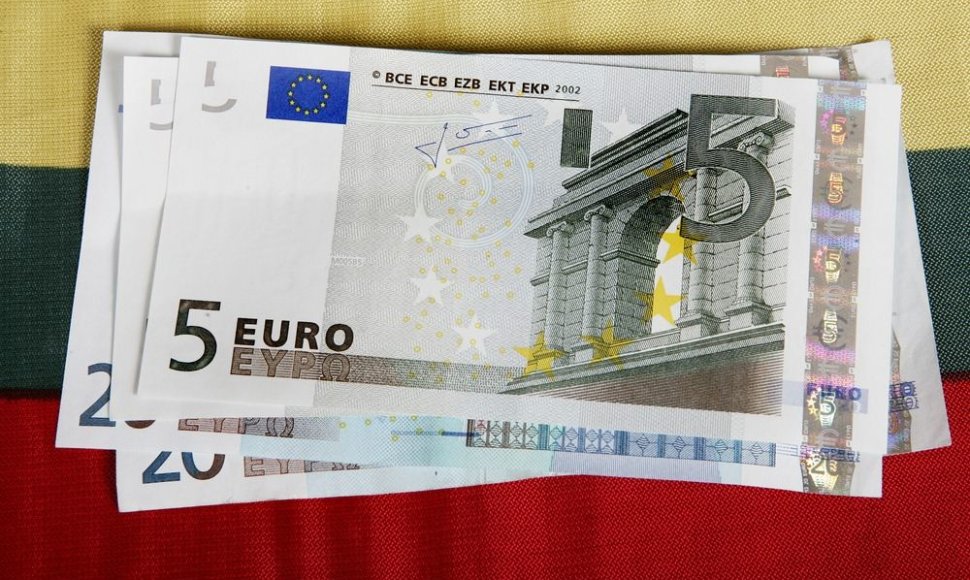"Our projection was somewhat higher, at around 1.3 percent. The key factors were known. It was clear that prices for clothes, footwear, and fresh vegetables would rise due to seasonal change. Due to positive global commodity trends, the increase in consumer prices is lower. This is good news, especially given our aspirations to adopt the euro," she told BNS.
Global trends are favorable to Lithuania because this improves its chances of meeting the Maastricht criteria, Klyvienė said.
However, the analyst noted that downward trends in inflation continued across Europe.
"Based on our forecasts, the 2013 average annual inflation rate is projected at around 1.8-1.9 percent, but if these trends continue, average inflation will likely be even lower. This shows that there are many changes to be within the Maastricht criterion, but these downward trends are present in Europe, too, and, therefore, there is still a risk to exceed (the criterion)," she said.












